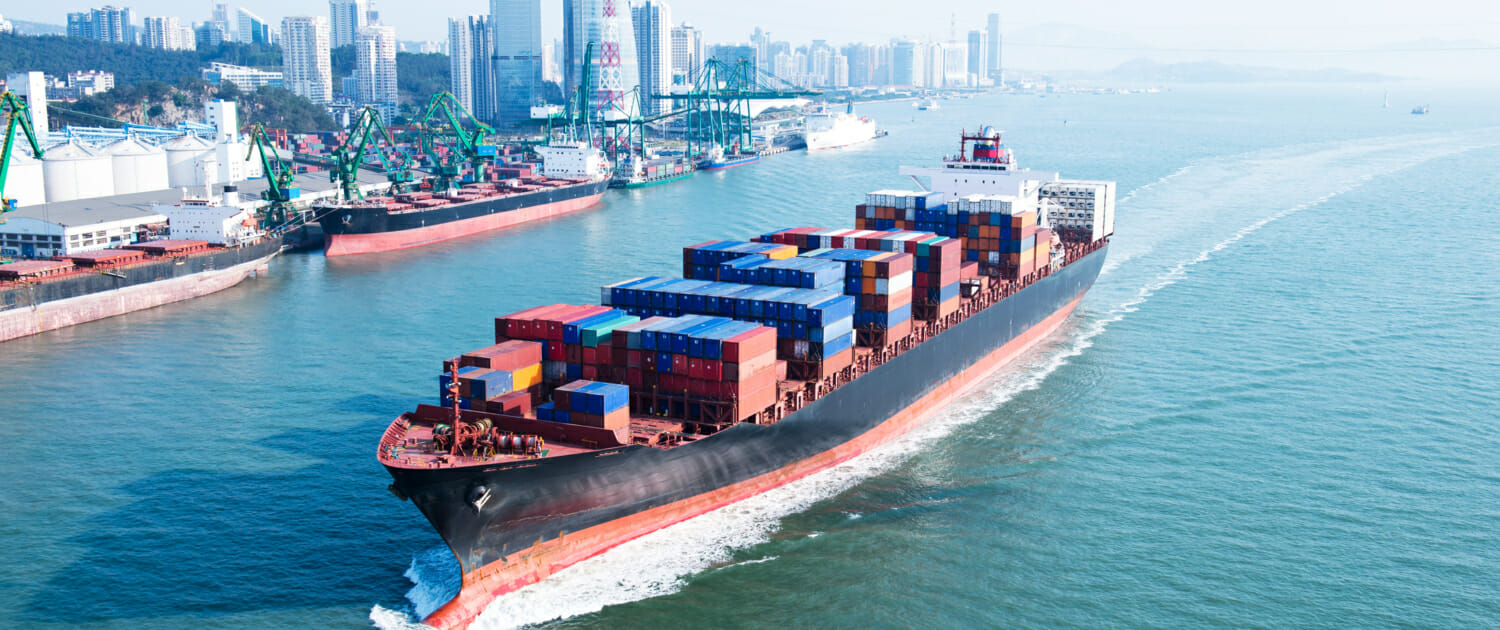When contract manufacturing whether in Asia or any location for outsourced manufacturing, there are 3 E’s to understand in determining whether a supplier is a fit in mastering your supply chain strategy.
Equipment
It may sound obvious but confirming a factory has the right equipment for your product takes more than viewing a page on a web site. A good Asia manufacturing partner can confirm if a factory has sound processes in place to maintain their equipment and keeps good records of preventative maintenance. It is also crucial to dig into secondary processes such as machining, welding, painting, anodizing, CNC, etc. Your Asian production facility must have installed all regulatory equipment such as air ventilation and provide PPE such as gloves, eye protection, lifts, etc. Also key is determining whether your supplier has ample capacity for the your projected volume but it’s also important to know that your volume is a fit or acceptable and welcome.
Expertise
A good contract manufacturing services provider can distill whether the factory has experience working with the specific materials. Is your supplier vertical meaning do they do everything internally under one roof (think tooling) or PCBAs or do they subcontract any portion of their manufacturing? Do they understand the application of the products in their given markets and how they are used? What type of testing are they doing in house? Do they have experience with retail packaging and do they understand how the products should be palletized to avoid shifting during transit? Do their internal purchasing practices with certain materials and other areas of spend afford them knowledge and leverage with their suppliers?
Experience
Perhaps the most important area of knowledge an Asian manufacturing consultant can uncover is a company’s or factory’s experience. How long has a supplier been in business? Are they financially sound with solid track record? Are they familiar with the categories of products and do they have similar products they are currently producing for reputable clients? Are they operating with cGMP and under specific certifications as mandated by the client? Are they in regulatory compliance? Do they have internal QA/QC both in practice and dedicated staffing? Is ownership and management committed to the operation and all of the above?
Sound supply chain strategies in Asia involve much more than logistics and forecasts. At a granular level when offshore manufacturing in Asia a trusted Asia manufacturing consultant can provide deep insight to an operation because presumably they speak the same language, understand cultural norms and can navigate your Asia production facilities.
Contact Us







Follow Us